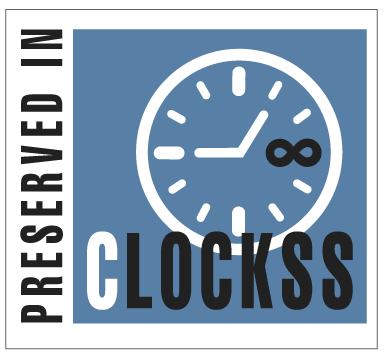Abstract
This study aimed to determine the input layer neurons for the Generalized Regression Neural Network (GRNN) model by using various classical methods, namely 1) Partial Autocorrelation Function (PACF), 2) frequency-based method, 3) frequency and Forward Selection (FS), 4) frequency and Backward Elimination (BE), 5) frequency and step-based methods, and 6) frequency method combined with the Least Absolute Shrinkage and Selection Operator (LASSO). These classical methods were combined with various parameters within GRNN, including smoothing parameters, forecasting strategies, and transformations. The most accurate model, with the lowest RMSE, MAE, MAPE, and SMAPE values, resulted from the combination of frequency and BE, rolling origin, MIMO, and additive transformation parameters. Additionally, a further approach is proposed by using binary dummy neurons in the input layer. Each best model obtained from the classical approach is given additional neurons in the input layer in the form of binary dummies. Thus, this approach combines the autoregressive lag approach to capture stochastic seasonal patterns and binary dummies to capture deterministic seasonal patterns. The empirical study results show that the GRNN model with the frequency and stepwise approach, and binary dummies, provides the best results. This is demonstrated by the lowest RMSE, MAE, MAPE, and SMAPE values. The results of this study also indicate that the forecasting accuracy of the proposed GRNN model significantly differs from the exponential smoothing, ARIMA, FFNN, and GRNN models. Based on these results, the approach in this study is an effective way to improve forecasting accuracy.
Keywords
Backward elimination, Binary dummy, Forward selection, Generalized regression neural network, Least absolute shrinkage, Selection operator
Subject Area
Mathematics
Article Type
Article
First Page
2738
Last Page
2751
Creative Commons License

This work is licensed under a Creative Commons Attribution 4.0 International License.
How to Cite this Article
Muhajir, Muhammad; Hermansah, Hermansah; Wicaksono, Aditya Pandu; and Pratiwi, Lathifah Aliya
(2025)
"A New Approach for Selecting Optimal Neuron Number in Input Layer of Generalized Regression Neural Network Model,"
Baghdad Science Journal: Vol. 22:
Iss.
8, Article 23.
DOI: https://doi.org/10.21123/2411-7986.5034








